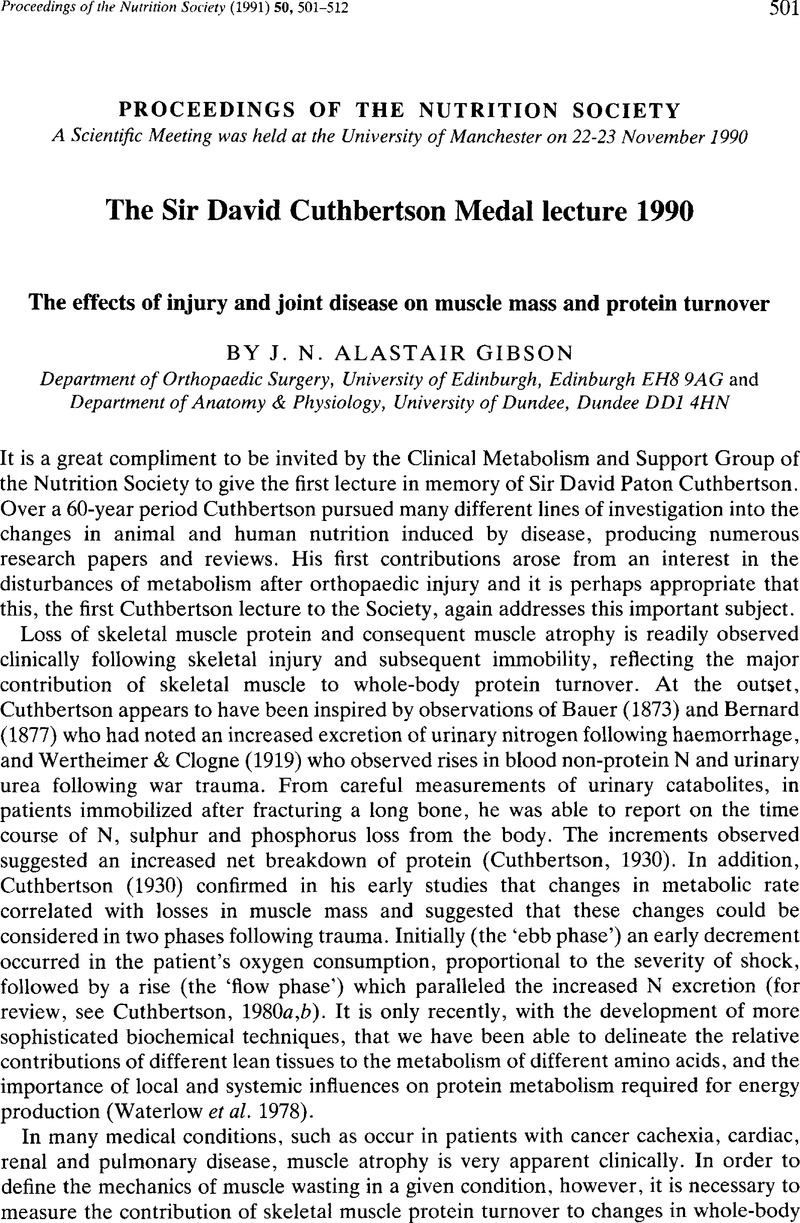Crossref Citations
This article has been cited by the following publications. This list is generated based on data provided by Crossref.
Avramidis, Kyriakos
Strike, Paul W
Taylor, Paul N
and
Swain, Ian D
2003.
Effectiveness of electric stimulation of the vastus medialis muscle in the rehabilitation of patients after total knee arthroplasty11No commercial party having a direct financial interest in the results of the research supporting this article has or will confer a benefit on the author(s) or on any organization with which the author(s) is/are associated..
Archives of Physical Medicine and Rehabilitation,
Vol. 84,
Issue. 12,
p.
1850.





